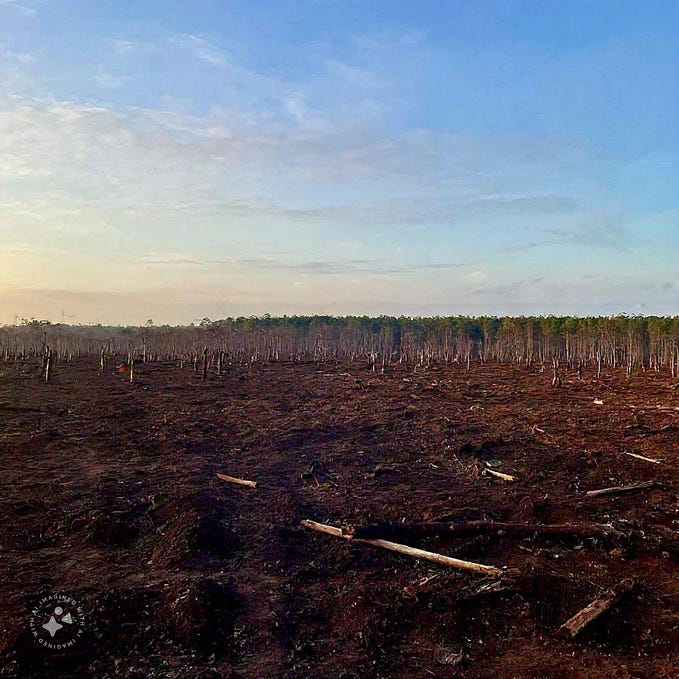Empowering Youth in Environmental Governance: Lessons for Policymakers
Environmental challenges, especially climate change, have dominated global conversations recently. A significant shift in these discussions has been driven by youth movements like Fridays for Future, which have mobilized young people globally to highlight urgent environmental issues. These movements extend beyond protests; they effectively use legal means and collaborate with NGOs to challenge political goals at the national level.
With a project colleague, Filip Rumeliotis, we have looked at how young people are gaining recognition and advancing as a political subject in environmental governance. Here we summarize some key points from our recently published research.

Youth Voices in Climate Action
Young activists worldwide are raising their voices about the immediate threats of climate change and advocating for sustainable futures. Global climate strikes led by youth aim to convey the urgency of climate change and hold governments accountable for their environmental responsibilities. One key development is recognizing “youth” as a distinct social group with specific interests and views on contemporary environmental challenges.
There are notable generational differences in how environmental policy and governance are perceived. Youth movements often highlight insufficient political commitment, inaction, and poor accountability. The political elite’s short-term focus frequently overshadows the long-term actions necessary for sustainable policies, a gap that youth movements say to be feeling very much, and are also openly criticizing.
The Importance of Inclusivity
Youth activism is not new, but recent movements have raised crucial questions about inclusivity and sustainability in decision-making processes. Despite being recognized by policymakers, young people are often expected to conform to existing narratives and ways how elites want them to be involved in processes. But what is the current positioning of youth in environmental policy and governance?
Understanding Youth in Public Discourse
Environmental governance involves power dynamics where certain forms of knowledge are prioritized over others. The public sphere, where discussions on issues of interest take place, is shaped by power relations. Recognition as a legitimate participant in the public and political realm is conditioned by such structures.
Recognition plays a significant role in how youth are positioned in environmental governance. Social identities are shaped by power relationships, and recognition means social acknowledgment and validation. By integrating these dynamics, we can understand how acts of recognition come into play in the political participation of individuals in environmental governance.
Opening Up the Public Sphere
The public sphere is an arena where individuals engage in discussions on matters of public interest. The decentralized nature of environmental governance promises higher participation from marginalized communities by bringing decision-making processes closer to them. However, this opening up of the public sphere should not be seen as a platform for transparent, unconstrained communication where all participants are equals.
Several commentators argue that the discursive order within which deliberation takes place is saturated with power. For instance, formal exclusions, like age limits, and informal exclusions, like protocols of style and language to be used, are part of the public sphere. The concept of recognition is crucial in addressing issues of political representation and participation, helping us understand how various groups position in relation to environmental governance.

Visibility and Inclusion
Recognition is not only about being acknowledged but also about being visible. Visibility and invisibility work as metaphors to grasp issues of recognition. The absence of visibility constitutes a form of “non-existence” in a social context. Consequently, it is essential to understand how the subject category of “youth” is formed and defined within the public sphere, as this shapes their participation and recognition.
Key Lessons for Policymakers
1. Acknowledge Youth as Key Stakeholders: Young people should be seen as crucial participants in environmental governance, not just as a demographic group but as active contributor with valuable insights and perspectives.
2. Facilitate Genuine Participation: Policymakers need to create platforms where young people can genuinely participate in decision-making processes. This involves moving beyond tokenistic gestures and ensuring their voices are heard and acted upon.
3. Address Generational Gaps: Recognize and address the generational differences in perceptions of environmental issues. Policies should reflect the long-term needs and aspirations of young people, not just immediate electoral considerations.
4. Promote Inclusivity and Visibility: Ensure that young people from diverse backgrounds are visible and included in environmental governance. This means breaking down formal and informal barriers to their participation.
Conclusion
The rise of youth movements in environmental governance highlights the need for a more inclusive and participatory approach. By acknowledging the unique perspectives of young people and facilitating their genuine involvement in decision-making processes, policymakers can create more sustainable and effective environmental policies. The recognition of youth as vital contributors to environmental governance is not just a moral imperative but a practical necessity for addressing the pressing challenges of our time.









